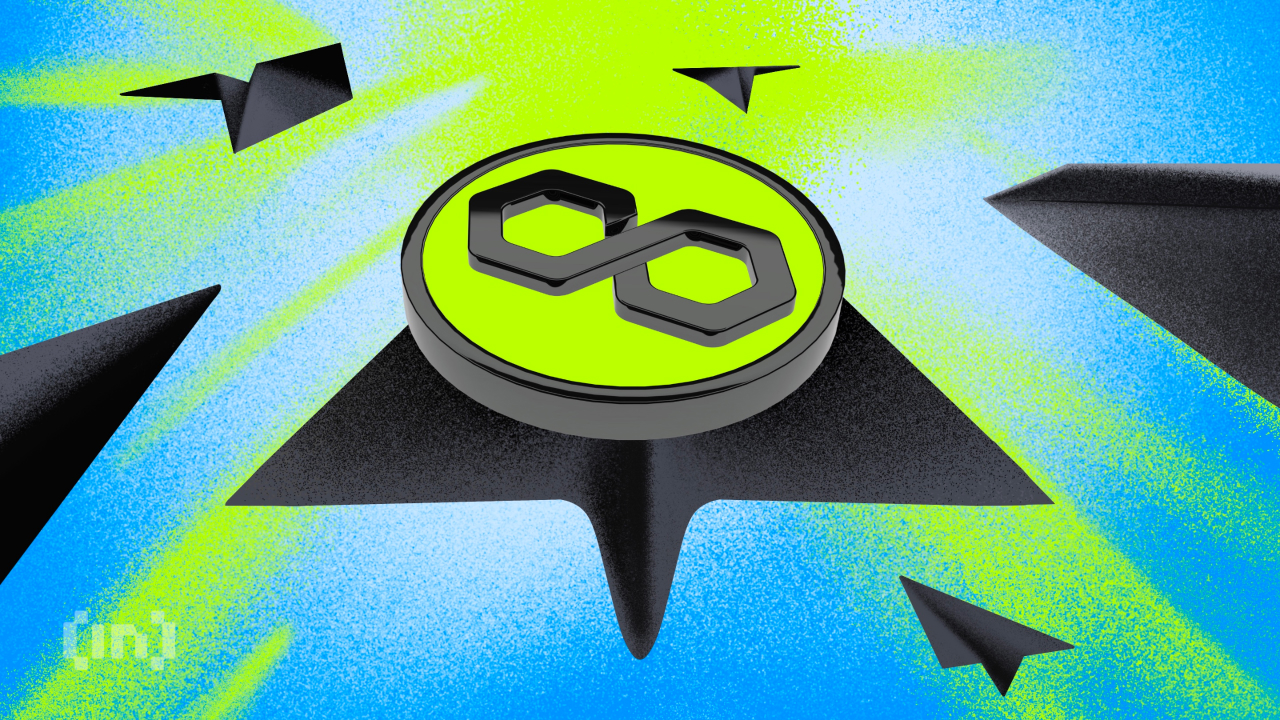Fio Protocol (FIO) is a decentralized service layer that aims to connect cryptocurrency endpoints such as exchanges, wallets, and any other application that is used to hold and/or transfer crypto assets. The FIO Protocol does not function as a wallet. Instead, it seeks to integrate into existing apps as a usability layer, offering a layer of data and confirmations about transactions on other blockchains.
The protocol neither competes nor interferes with the functionality of any product and can work with any blockchain. Also, the protocol aims to perform only secured transactions that require an FIO private key stored in a user’s wallet. This human-friendly protocol seeks to allow users to create transactions with readable and memorable wallet handles. According to the whitepaper, the protocol aims to make cryptocurrency and products easier so that anyone can utilize them.
Features of the Fio protocol include:
FIO is the utility token of the Fio protocol. The users can utilize FIO tokens to pay transaction fees, register at FIO crypto handles, etc. Also, users can use FIO tokens to vote for block production. The users may pay utility fees using FIO tokens in the future.
Moreover, the users can also earn rewards by staking FIO tokens. Staked FIO tokens get locked in the account, and users earn staking rewards. If a user chooses to unstake their tokens, they receive rewards, but tokens remain locked for an additional seven days.
























































![Decentral Games [new]](https://asset-metadata-service-production.s3.amazonaws.com/asset_icons/b64d027e73a8fc285ce9d1700f269e600236449db8ef0a0e956c7ed428a3697a.png)

















